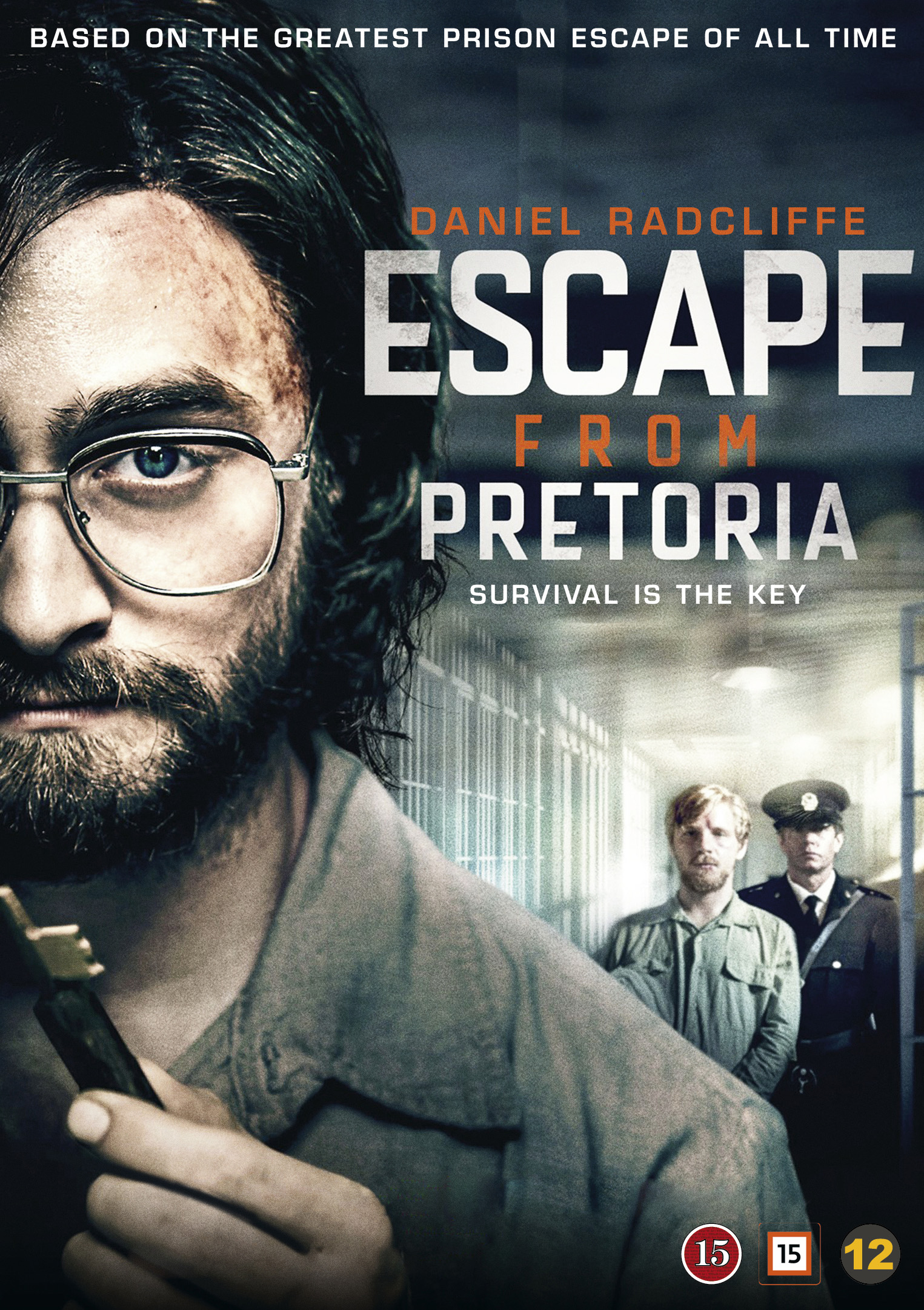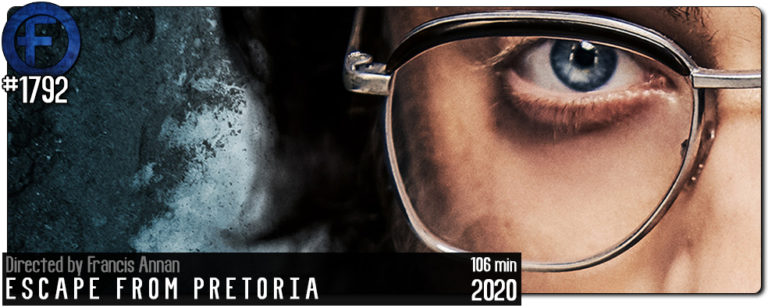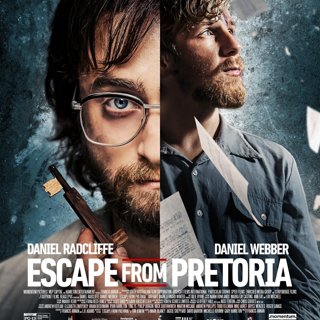

Jenkin was a loyal member of the ANC, the same group led by Nelson Mandela, and was rotting away in prison at the same time Mandela was held on Robben Island. South African filmmaker Francis Annan sheds most of the political context, a misstep considering there’s so much to explore. The guards are all a-holes, and cell searches are a constant hazard, but overall the conflict is in the mind and not from an external threat. The days crawl forward, and it’s easy to get swept in the minutia of it. The grind of this process has nothing to do with Jenkin’s nightly key-carving routines it’s the daily drag of prison life that is the biggest threat.
Escape from pretoria key series#
Using bits of stolen wood, Jenkins meticulously crafts a series of keys to open the many doors leading to their freedom on the outside. The plan enacted by Jenkin is ingenious, dangerous, and risky in its execution. However, Jenkin and Lee were quickly captured and sentenced to the all-white maximum security Pretoria Prison where the racist guards are none too happy taking care of men they see as traitors to the race.Įscape from Pretoria isn’t your typical prison break flick action is at a minimum, there are no tunnels to dig, no riots or warring gangs.

Other than a few shrieks from the white, privileged 13% who ruled the country, nobody was hurt. In 1979 apartheid South Africa, Jenkin and his fellow activist partner Stephen Lee (Daniel Webber) do what the racist establishment deem unforgivable they dared to launch a non-lethal leaflet bombing in the city streets. Jenkin’s amazingly daring methods, executed in secret and under extreme pressure, are occasionally tense but not quite enough to cover for dull characterization and repetition that close off this promising drama. So it’s not surprising that Escape from Pretoria, which boasts a bearded and nervous Daniel Radcliffe as real-life anti-apartheid activist Tim Jenkin, is only half of an entertaining film. Review by Tina from a streaming link kindly supplied by Signature Entertainment.Prison escape movies are only as interesting as the escapees themselves, and the cleverness of their escape route. There’s also a lot of key dropping, trying to open cell doors with contraptions, hiding in cupboards and nearly being found about a million times, but it’s all done well, and by the end of the film I needed a stiff gin to relax (yes, it’s one of those high tension movies). So the extraordinary business of designing and making these wooden keys begins. Jenkin realises all the locks have those enormous old fashioned castle-type keys, and he decides he can duplicate them from wood in the prison workshop. Radcliffe has been in some rather eclectic films since Harry Potter, and this film follows that trend, being a mixture of a tense thriller bordering on a Shawshank/Pappilion mash up of “will they actually get away or not?”

Apparently Fontaine isn’t a real character, though someone similar did escape with the duo. Inside Jenkin and Lee meet another political prisoner and future escaper: Frenchman Leonard Fontaine (played almost like he’s channelling a ramped up Nic Cage Mark Leonard Winter). However, despite the prison being tough, they are white, so it’s not that tough. The two friends are sent to an infamous prison where they’re seen as race traitors and hated by other inmates and the guards. Cinema & Digital: Escape From Pretoria (2020)īased on the 2003 book Inside Out: Escape from Pretoria Prison by Tim Jenkin, this film is based on the real prison escape by three young political prisoners from an apartheid era South African jail in 1979.ĭaniel Radcliffe plays white ANC activist Tim Jenkin, who, along with his friend Stephen Lee (Daniel Webber), are imprisoned in 1978 for their ‘leaflet bombs’: harmless devices which “explode” and throw leaflets into the air highlighting the atrocities of apartheid.


 0 kommentar(er)
0 kommentar(er)
